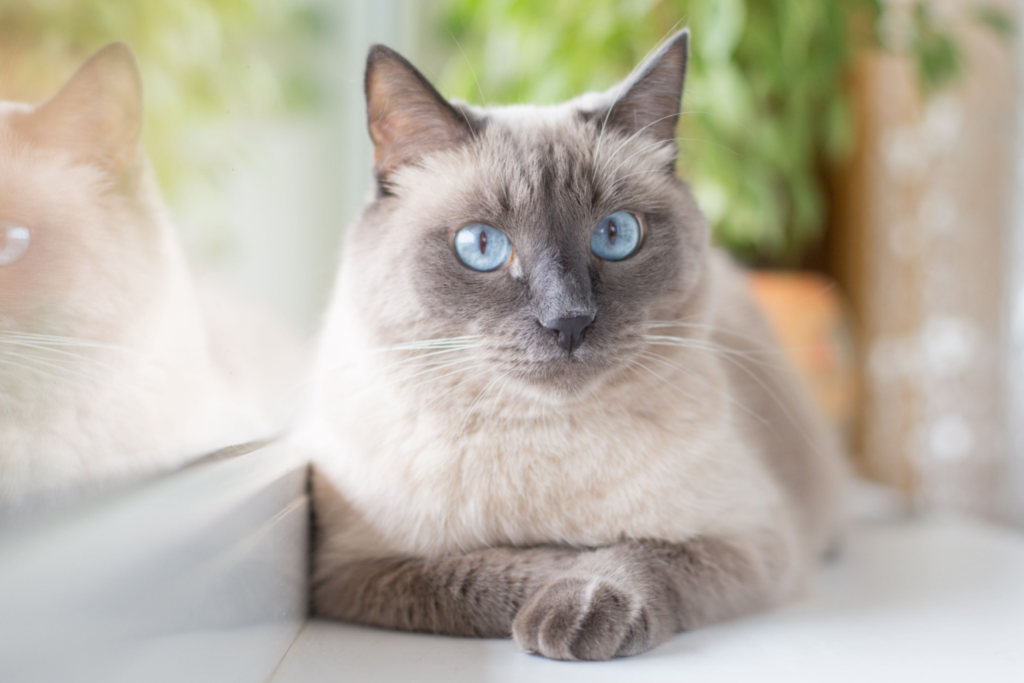The Siamese cat is a medium-sized, noble-looking cat with a slender build and long narrowing stripes. It is lithe and muscular in build. The most striking feature of the Siamese cat is the darker color of the hair on the ears, face, tail, legs and feet. In fact, this is the cat's first noticeable feature, and you can see it in the image above.
Siamese cats are popular among those who want to adopt a purebred pet. In 1906 Cat Fancier's Association the Siamese is one of the original breeds of purebred cats.
Siamese Cat Overview
Length - height: Maximum 35.5 cm
Weight - kg: 3 to 6.5 kg
Feather - fur structure: Short hairs
Feather - fur color: Chocolate brown, black, lilac, etc.
Eye color Mostly blue
Life expectancy: 8 to 12 years
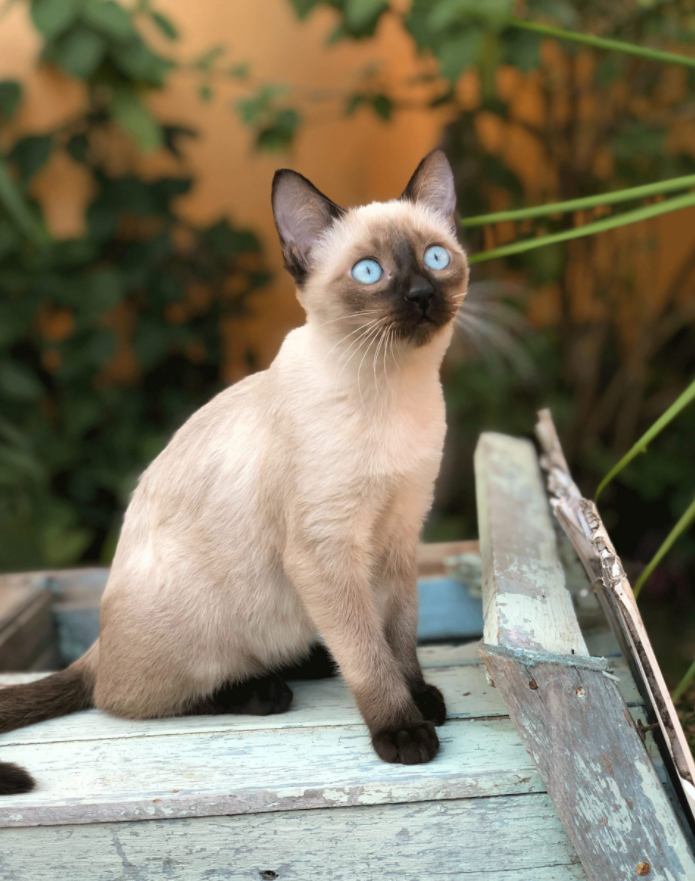
Characteristics of the Siamese Cat
| Level of affection | High |
| Sincerity | High |
| Child friendly | High |
| Animal friendly | High |
| Exercise - the need for movement | High |
| Acting | High |
| Energy level | High |
| Intelligence | High |
| Vocalization - tendency to meow | High |
| Moulting rate | Low |
History of the Siamese Cat
The Siamese cat originated in Thailand. In 1880, the king of Siam is known to have presented two pairs of Siamese cats to the British consul general in Bangkok. The consul took the cats to England after a while. Cats started to attract a lot of attention from people and became more and more popular. The first Siamese to win the title of champion in various competitions (such as a feline beauty contest) was a cat named Wankee in 1898. Since then, the breed has continued to develop rapidly.
For some unknown reason, Siamese cats have gradually evolved towards a slimmer appearance and a wedge-shaped head. This modern Siamese breed more closely resembles the original Egyptian cats. In 1987, a group of Siamese breeders, disturbed by the extreme changes in the appearance of the modern breed and concerned about potential health issues, came together to create the International Register of Traditional and Classic Cats.
One of the aims of the organization was to "restore and maintain the 'natural' appearance of each breed". Sheelagh Le Cocq, founder of the Traditional Siamese Cat Association, explained that the classic Siamese is the result of a kind of cross-breeding between the traditional and modern versions, without extremes.
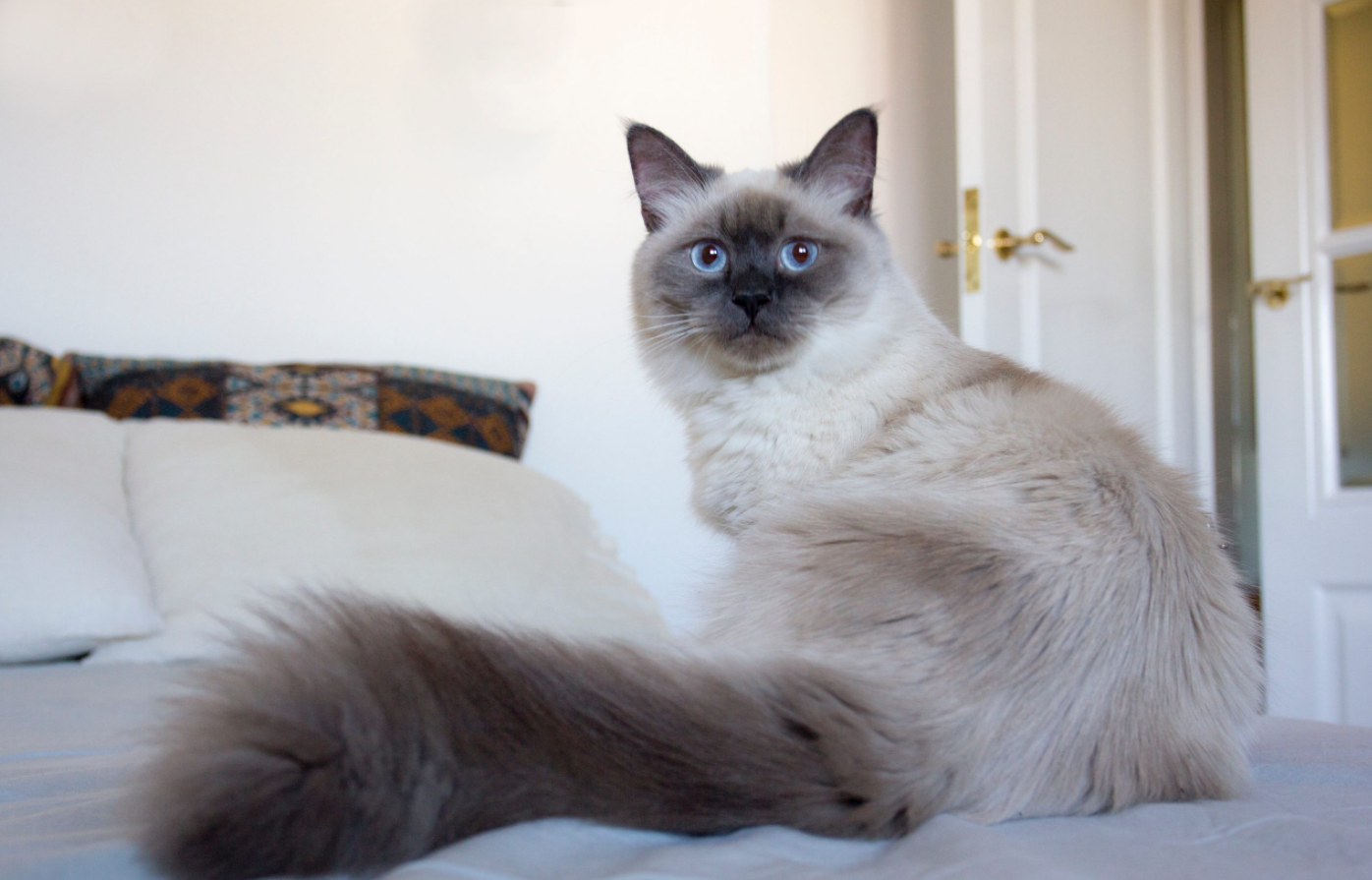
Siamese Cat Care
Siamese cats have short hair and only need standard grooming. You should brush your cat once a week to reduce the risk of hairballs. The distinctive spot patterns come from recessive genes that cause the dark pigment melatonin to be produced only in colder areas of the skin. This is why the hair on the cat's face is darker, including on the legs and ears, as the skin cools during breathing.
Your cat's nails should be trimmed regularly, every 10 to 14 days. You should also buy your cat a scratching post. Otherwise, it may scratch the wooden floor or furniture in the house. In addition, you should pay attention to dental hygiene. You should get your cat used to regular tooth brushing at an early age and get regular dental cleanings from a veterinarian.
Siamese cats are active, playful and curious. However, they also have a distinctive personality that is easy to train. These cats love to climb, so it's a good idea to get your cat a cat tree. They also like to chase teaser toys (such as a remote-controlled mouse), along with games and toys that challenge the mind. You don't want your cat to be bored when you are away from home. Because they can be very mischievous and cause havoc all over the house.
The Siamese is one of the cat breeds that like people to be around them all the time. They are attached to people just like a dog and will follow you around even when you are inside the house to get attention. As soon as you sit down, they will immediately settle on your lap. They want constant interaction and will become depressed if you leave them alone for too long. Therefore, if you are thinking of adopting a Siamese cat, you will need to be home most of the day.
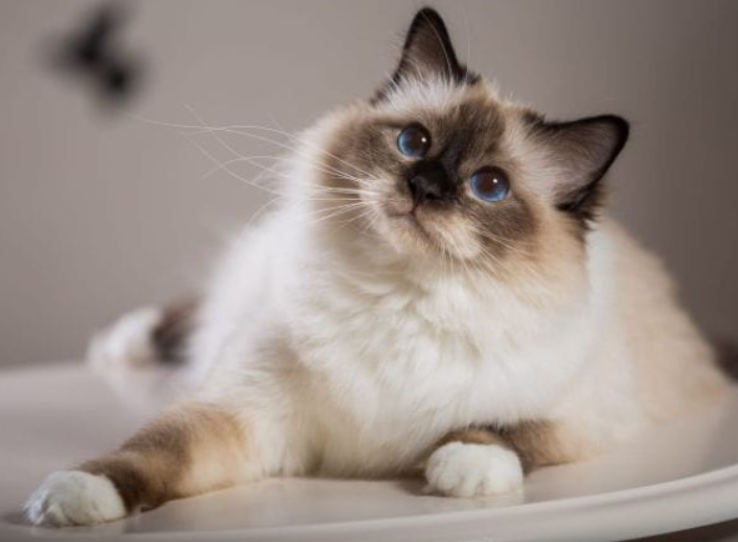
Siamese are one of the most vocal cat breeds. You will find that they will often chat with you, get angry and scold you if you don't pay attention, and talk to you as if you understand their language. The Siamese can adapt well to families with children and dog breeds that don't see cats as enemies. However, young children should still be taught how to treat a cat.
Cats can live longer if they are protected indoors at home. Keeping and raising cats indoors prevents them from being exposed to infections from other animals and the environment, and prevents injuries from fights and accidents. If you have a garden, it is important that it is securely fenced.
This will prevent other animals and possible attacks. But it's not difficult for a Siamese to get over any fence and escape. In addition, it's also worth neutering your cat. This way, you'll be able to protect it from risky diseases, as well as make it a calmer and more docile cat.
Common Health Problems
The most common health problem for Siamese cats is in the eyes. While it's common for Siamese cats to have crossed eyes, it's not good for their eye health. Eye problems are caused by genes that cause cats to have dark hair in certain spots. This is because this gene can also cause faulty visual connections in the brain.
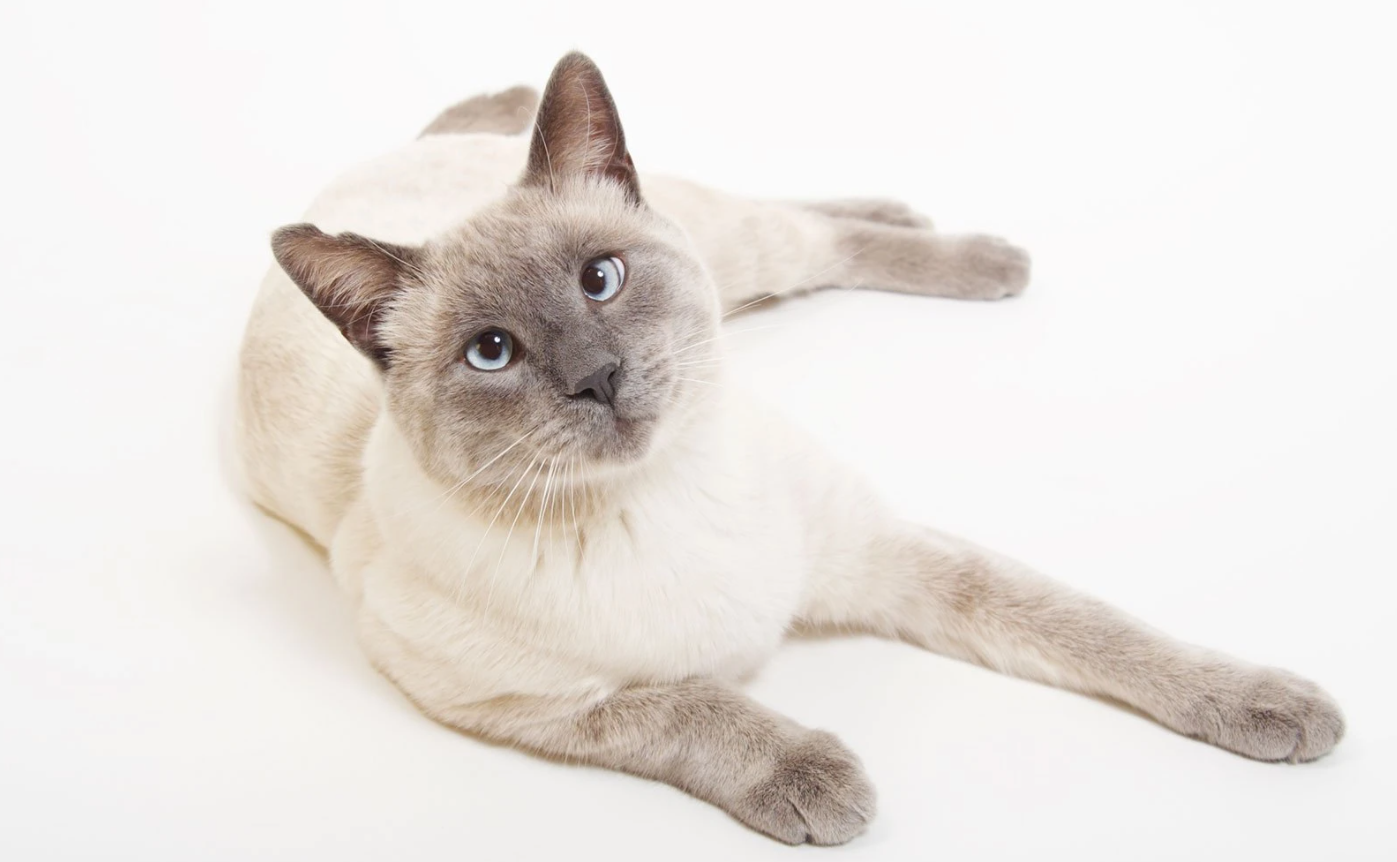
Although the tendency for crossed eyes seems to have disappeared for the time being, Siamese cats do not have the same vision as other cats. While Siamese cats do not have sharp vision like other cats, their vision gets worse, especially after dark. This can lead to various risky situations, such as being hit by a car on the street or in the street after dark. The other main health problems that this breed is prone to are as follows:
- Respiratory disease: Because of their wedge-shaped head, Siamese cats are more prone to respiratory problems and diseases such as asthma and bronchitis.
- Caused by an abnormal protein that builds up in organs Amyloidosis related liver problems may occur.
- Renal Amyloidosis, an abnormal accumulation of protein in the kidneys, can disrupt normal kidney function.
- Can lead to heart failure hypertrophic cardiomyopathy congenital heart defects, such as heart disease, can occur.
To avoid these risks, you should follow all the usual cat vaccinations, preventive veterinary treatments and check-ups.

Nutrition
You should provide dry food and fresh, clean water for your cat. However, if you see your cat gaining weight, you may need to start feeding two meals a day. As your cat gets older, it may need a change of food. Therefore, nutrition and choosing the right food is very important for the health of cats. Remember to consult your veterinarian before making such decisions.
Conclusion
Siamese is a cute, affectionate, loving and mischievous cat breed. It is important for those who want to adopt a Siamese to spend most of the day at home. Because when these cats are alone for a long time, they can get depressed and feel abandoned. Therefore, before adopting a Siamese, you need to decide if you are ready to take on these responsibilities.
See also:
What Kind of Cat Should You Adopt? Pay Attention to These 4 Points!
How to Solve Behavior Problems in Cats? 5 Solutions
Signs of Disease in Cats: Watch Out for These 19 Signs!
Cat Breeds and Their Characteristics: 10 Adorable Cat Breeds!
